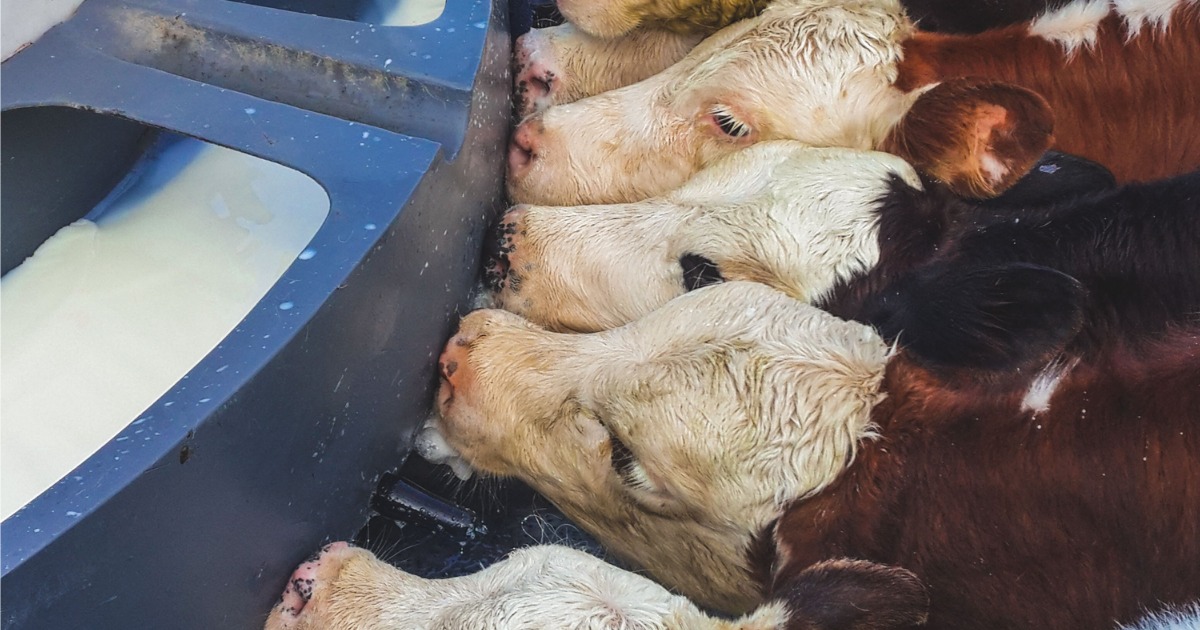There is no doubt that cryptosporidium (Crypto) is a major calf health problem, with it being the most commonly diagnosed pathogen in preweaning calves. 40% of infectious diarrhoea is caused by Crypto. So what is it and how can we tackle it?
What is Cryptosporidium?
- An intestinal infection that can cause sever scours.
- A zoonotic parasite (passes from animals to humans)
- It is resistant to extreme temperatures.
- It can survive several years in a cool moist environment.
- It’s resistant to commonly used disinfectants.
How does it spread?
The calf spreads the disease through oocyst (encysted eggs) in the faeces; one infected calf can shed up to 10 million oocysts. Not all of them will be shed through the faeces, some will stay in the calf and can cause reinfection. (see below for the life cycle of crypto).
Where does it come from?
There are several sources that can contribute to an outbreak, including; poor hygiene in the calving pen and calf shed as well as other calves shedding oocysts.
Clinical signs
Calves affected are usually between 1-4 weeks old. Calves that experience a case of crypto suffer from damage to the small intestine. The organism damages the villi which is responsible for absorbing important nutrients; this can quickly lead to diarrhoea and ill thrift. Calves will appear lethargic, stop drinking milk and can become dehydrated. In severe cases, death is not uncommon.
Correct diagnosis
Getting a correct diagnosis is important to determine what action to take next. Scour testing kits are available, although it would be advised to discuss with your vet for a confirmed diagnosis.
Can it be treated?
Prevention is always better than cure; by the time clinical signs have been observed, damage has already been done. Although there is no vaccine against Crypto it’s important to remember that calves scouring quickly become dehydrated, so ensuring they have access to fresh clean water is essential. Scouring calves can lose important nutrients; feeding electrolytes with water to replace nutrients lost can help the calf keep up energy and strength to help with recovery. For outbreaks or high risk sheds, Halocur can be used as a licensed product but there are strict guidelines of using it to discuss with your vet beforehand.
Management options to prevent
- Regularly steam cleaning calf pens
- Use of appropriate disinfectants, eg. Kilco Cyclex
- Cleaning calving areas frequently to reduce oocyst build up.
- Fresh bedding
Animal management
- Colostrum management to boost immunity.
- Keeping sick calves hydrated
- Keeping calves in similar age groups.
- Feed sick calves after the healthy calves
- Try to keep crypto infected calves in quarantine for up to a week after being treated, calves can still shed oocyst after being treated.
Summary
- Spot the clinical signs early
- Use scour testing kits/speak with your vet to determine if it is Crypto.
- Keep calves hydrated and treat if needed.










